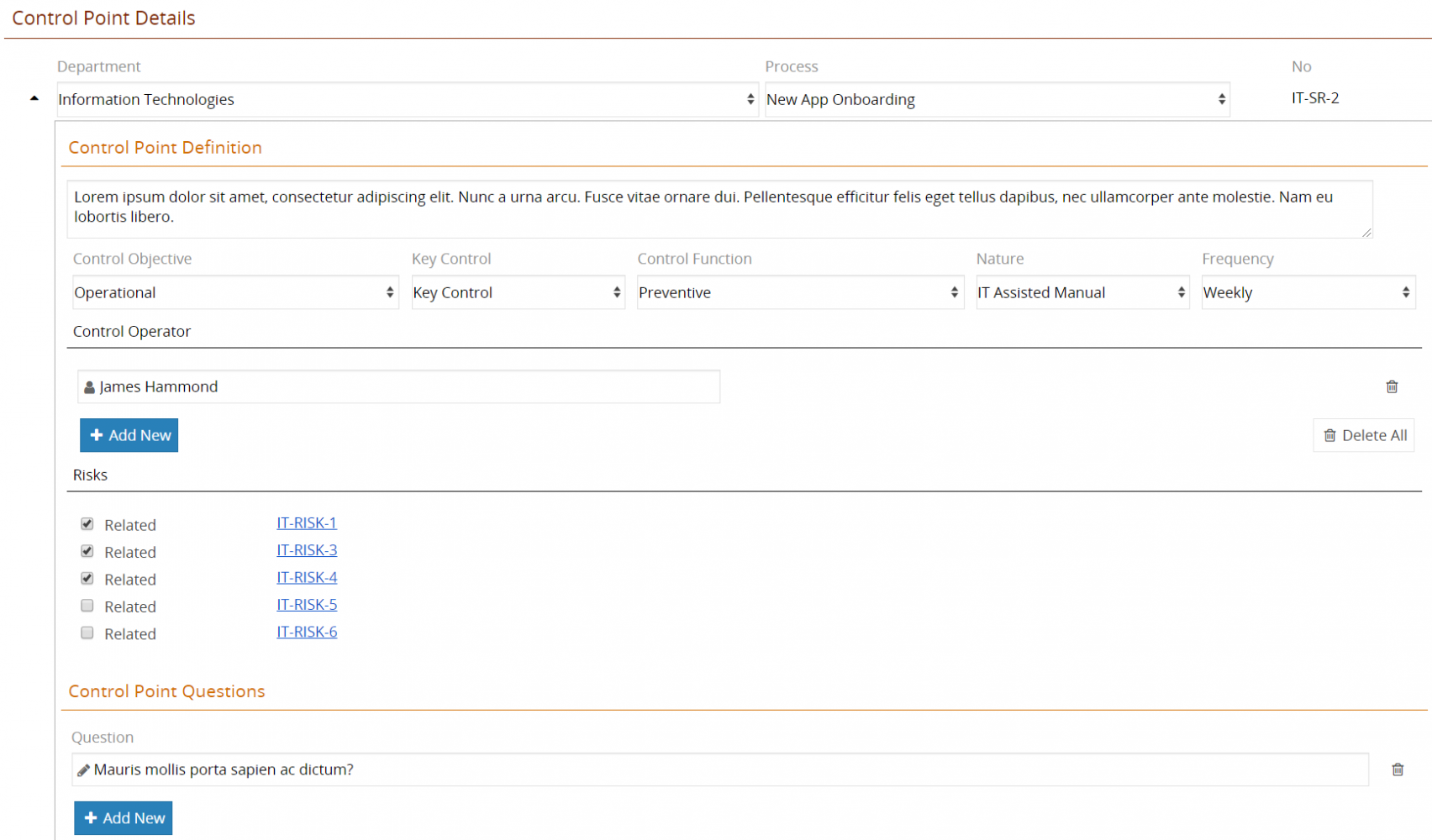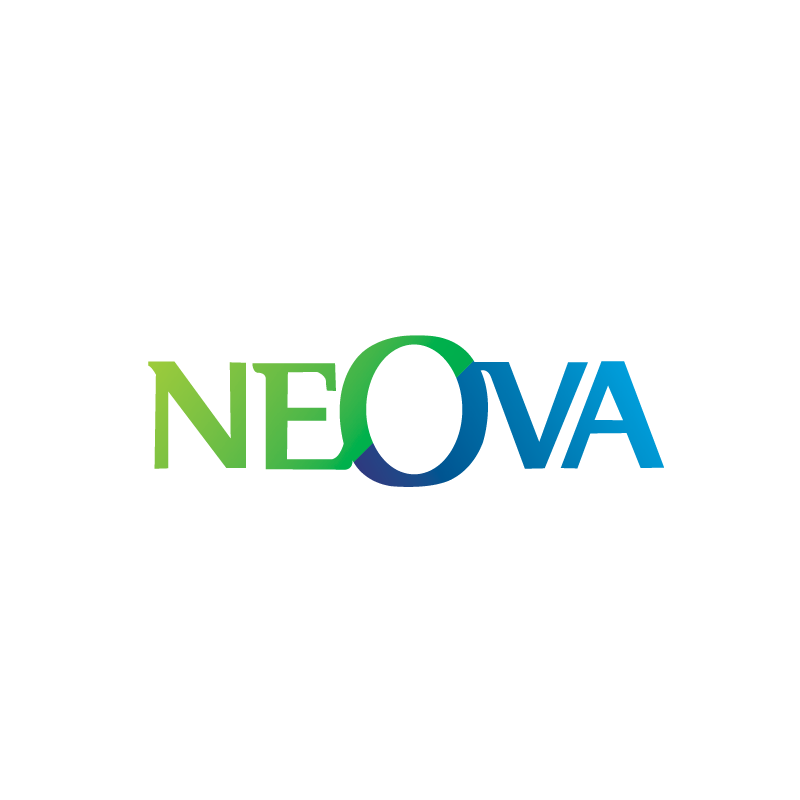Is your Risk Management Software Low-code?
Learn why it matters for the risk manager.
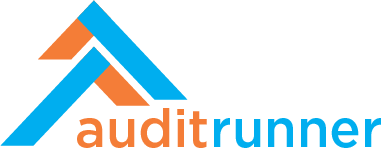
With On-Premise and Cloud-based deployment options.

Learn why it matters for the risk manager.


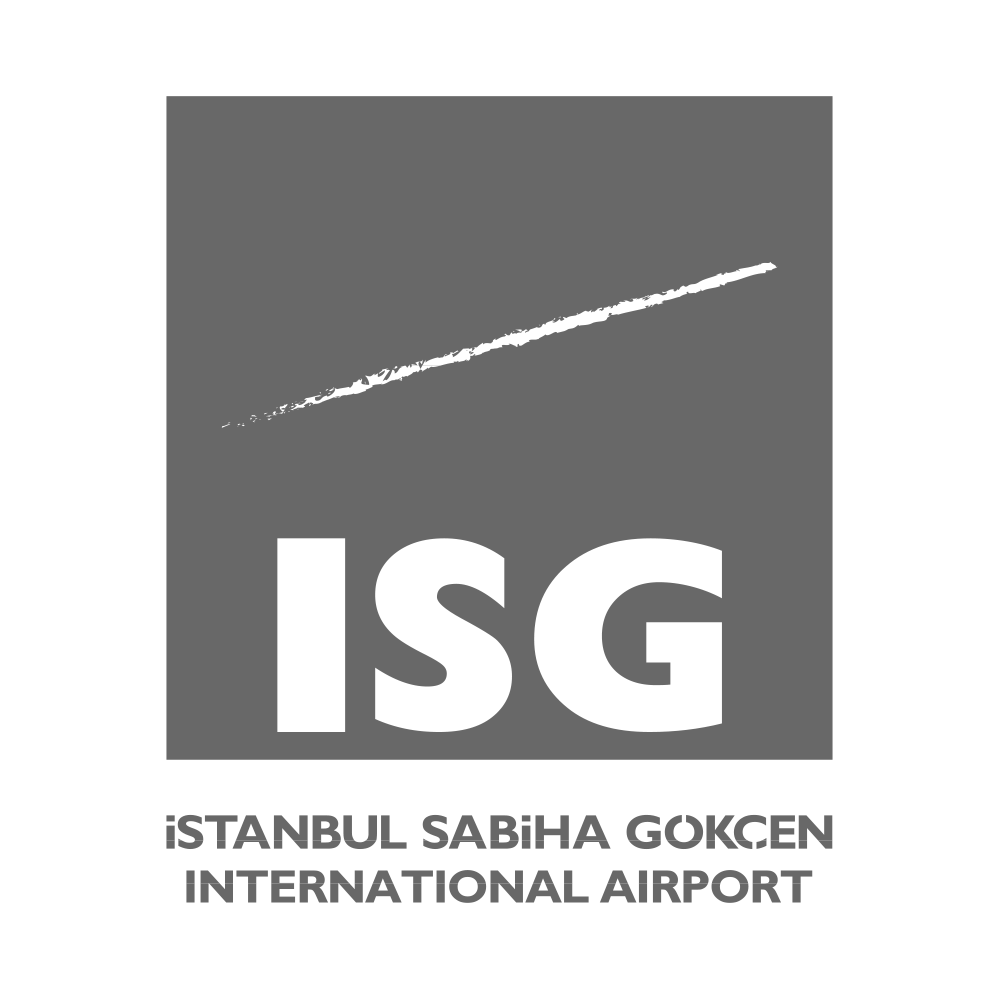


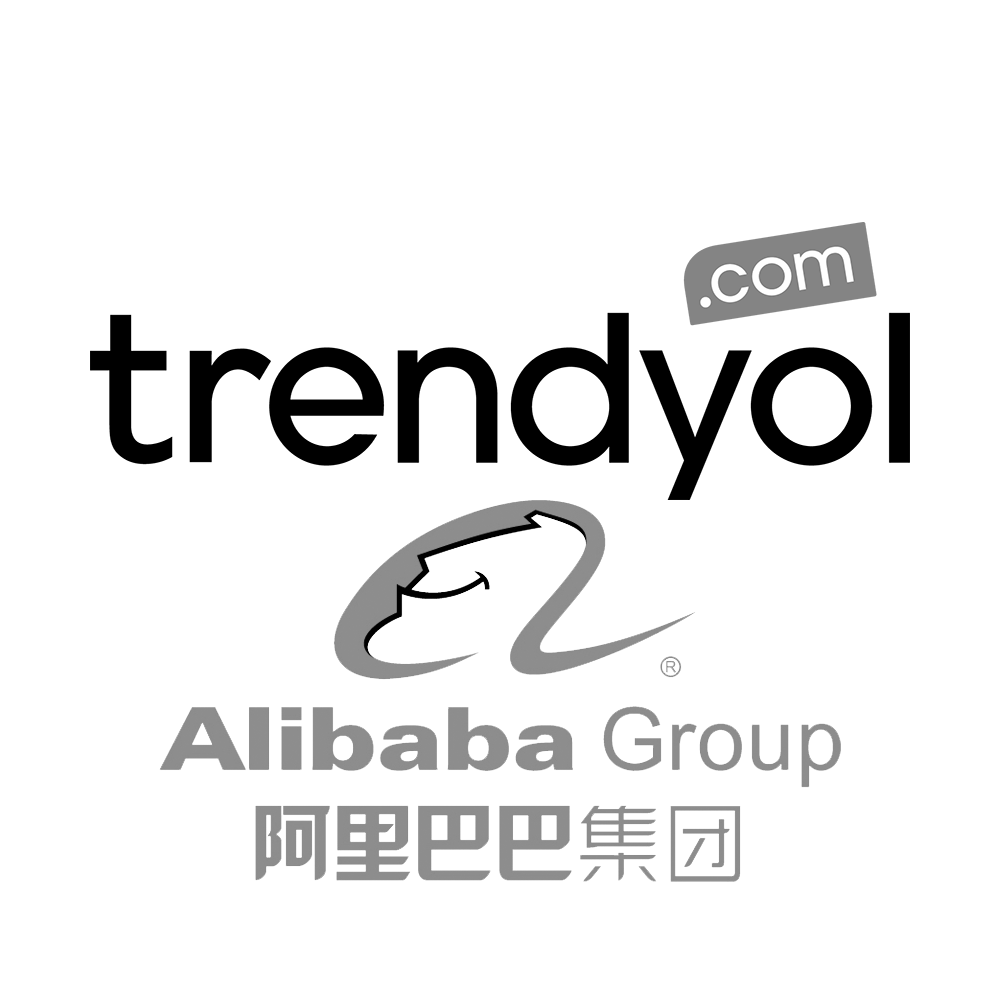
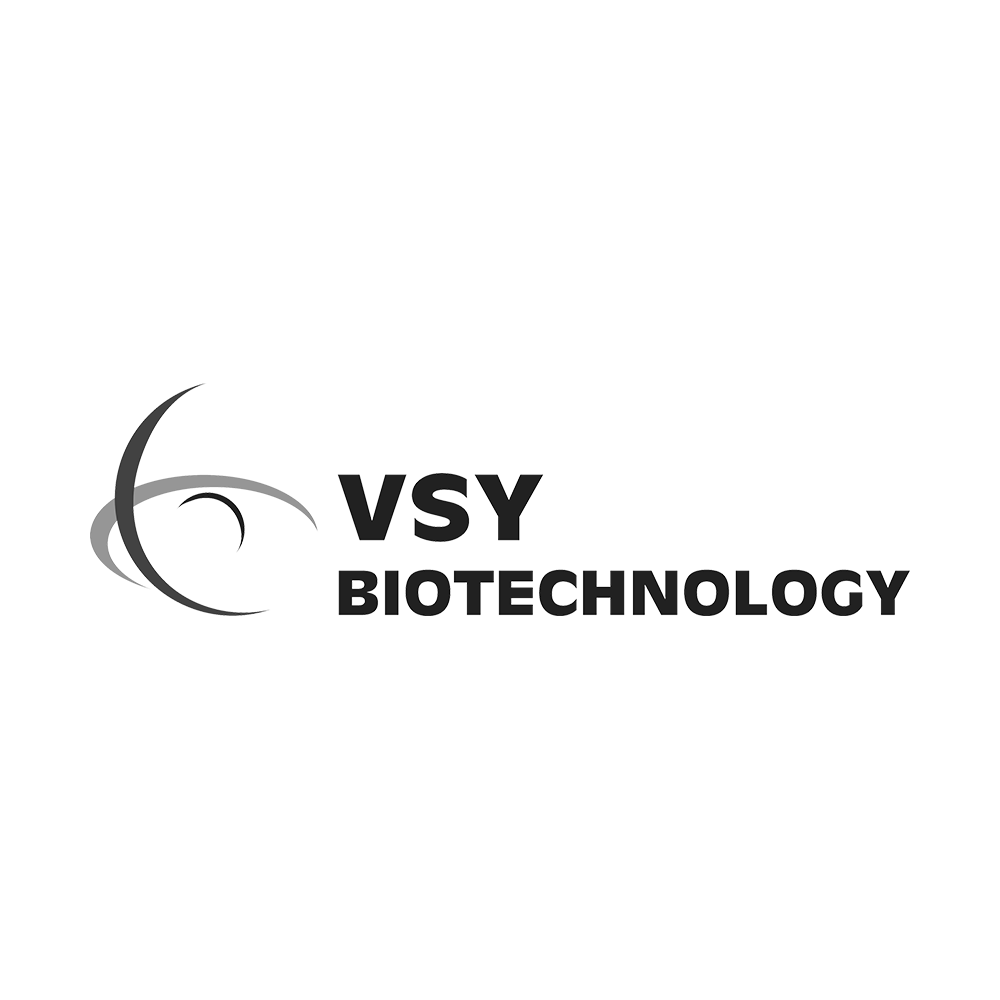

Respond easily to organizational shifts, competitive threats, industry innovations, and regulatory changes. Operate in a responsive manner in today‘s fast-moving, ever-changing environment.
Scale up or across using our modules. Use and pay for what you need.
Deploy within weeks. Everything is web-based. Access the same content and function using any kind of device, without installation, in any language.
Internal Audit Report, Heat, and Opportunity Maps are auto-generated as all info is collected on the platform.
Move from a one-size-fits-all to a one-size-fits-one software approach. We are in 2021. Customization is key in adapting to unexpected disruptions.
Bring together, auditors and audited departments alike. Address the requirements of the entire user community.
Establish integrations with any third-party system or software for two-way data stream and automation scenarios.

Process-based, risk-oriented internal audit administration in line with IIA standards.

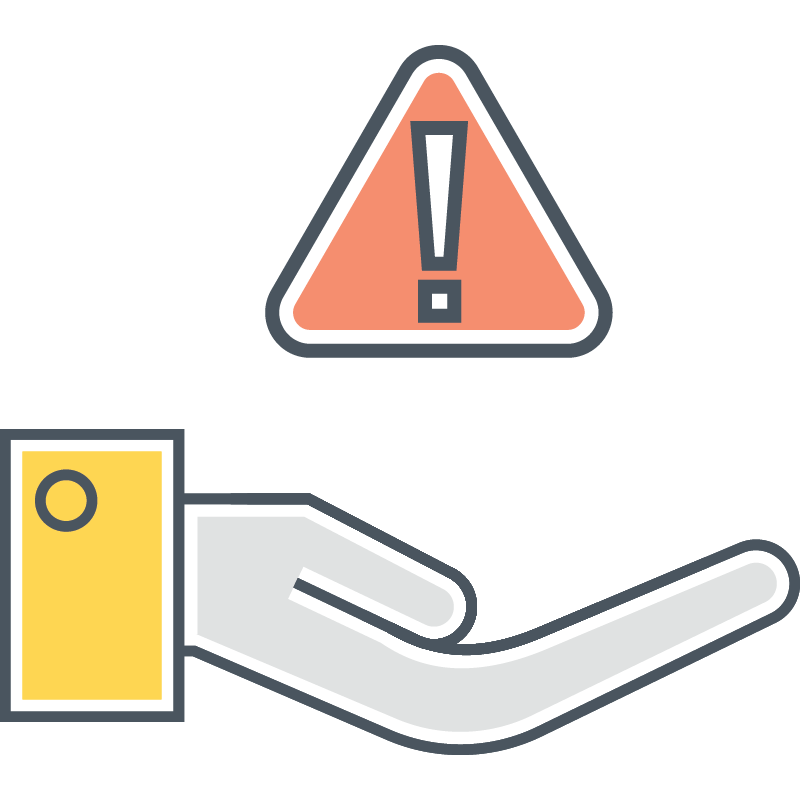
Build up your company-wide risk inventoryand control environment.


Establish quality accreditations and execute specialized activities.


Ensure compliance with legislations andcollect all data in a single system.

Compile governing regulations and standards associated with documents and literature.
Model flow charts of processes with BPMN2 notation, create RACI and SIPOC matrices.
Digitalize & archive all printed documents, create automation scenarios.
Create and distribute training materials, tests, and surveys. Evaluate results and issue certificates.
Compile business processes associated with documents and flowcharts.
Track the progress of action plans for findings, risk mitigation, and other activities.
Create, manage, revise, and publish all internal documentation.
Organize and execute meetings, create meeting minutes, and assign action plans.

Register risks on processes with inherent residual and target risk assessments. Associate controls, add SWOT analysis.
Define risk tolerance and risk appetite statements along with key risk and performance indicators.
Assign action plans to achieve target risk. Associate information assets and link standards & regulations.
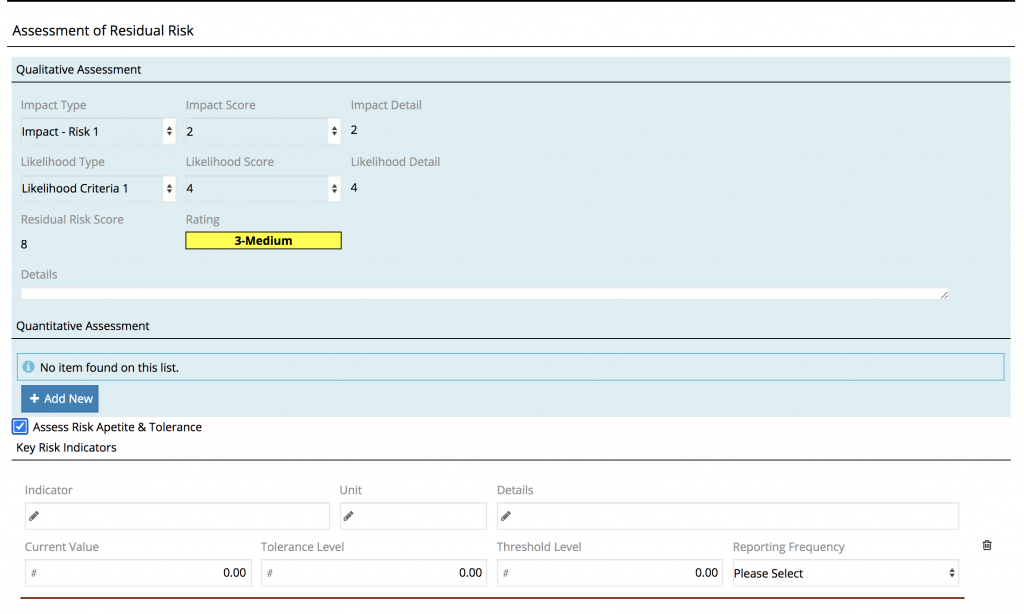
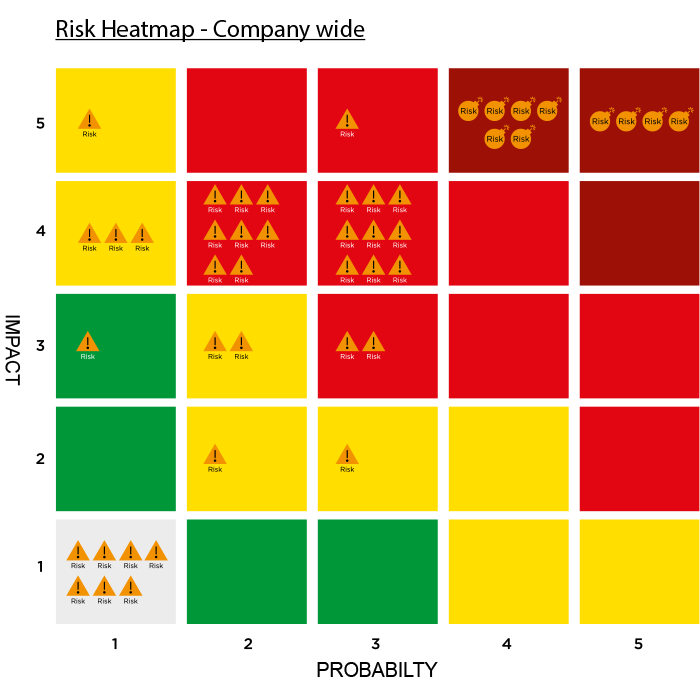

Populate the heat map automatically. Filter the heat map by department, process, risk level, and others.
Consolidate multiple heat maps into a single one. Create separate heat maps for different functions such as ERM, Quality Management, HSE, and IT Risk Management.

Register opportunities on processes with inherent residual and target opportunity assessments. Associate enhancing controls, add SWOT analysis and Monte Carlo Simulations.
Assign action plans to achieve target opportunity. Associate information assets and link standards and regulations.
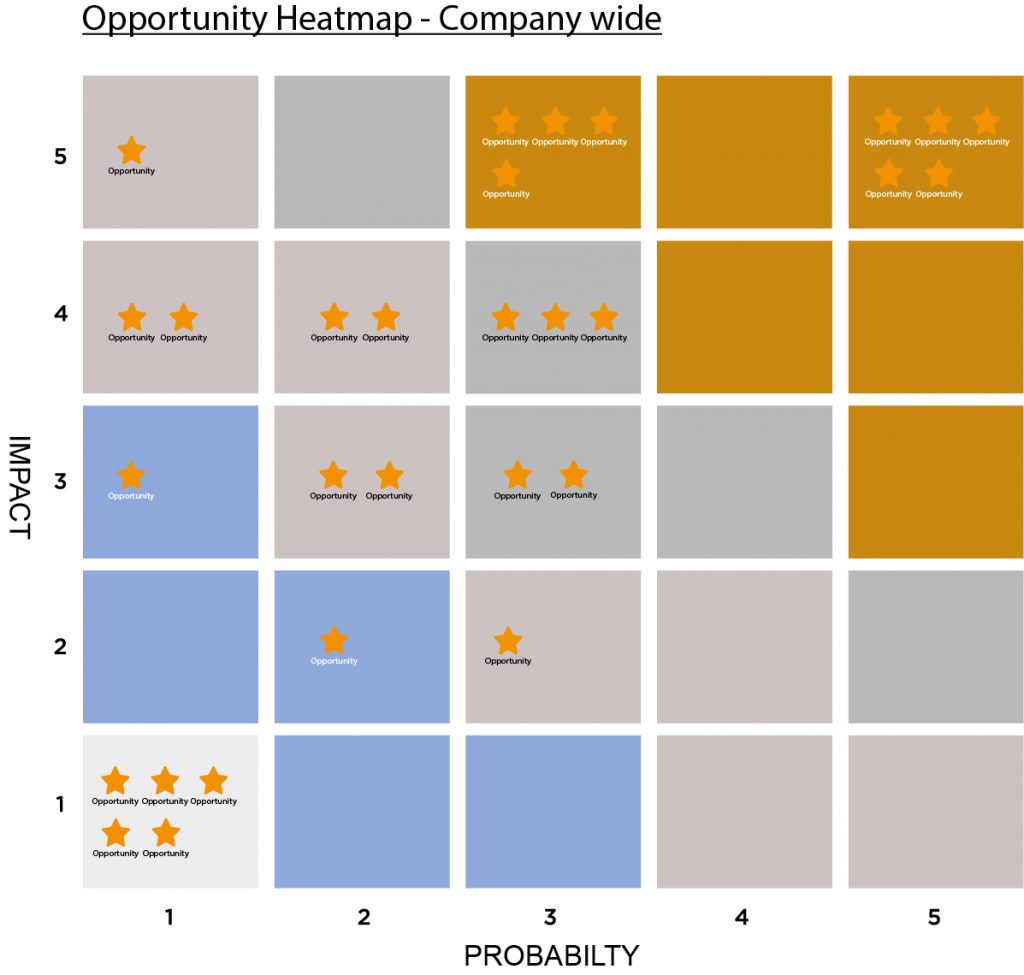


Work in compliance with COSO 2013 Framework and ISO 31000 Risk Management Standard. Satisfy ISO 9001:2015 requirements.
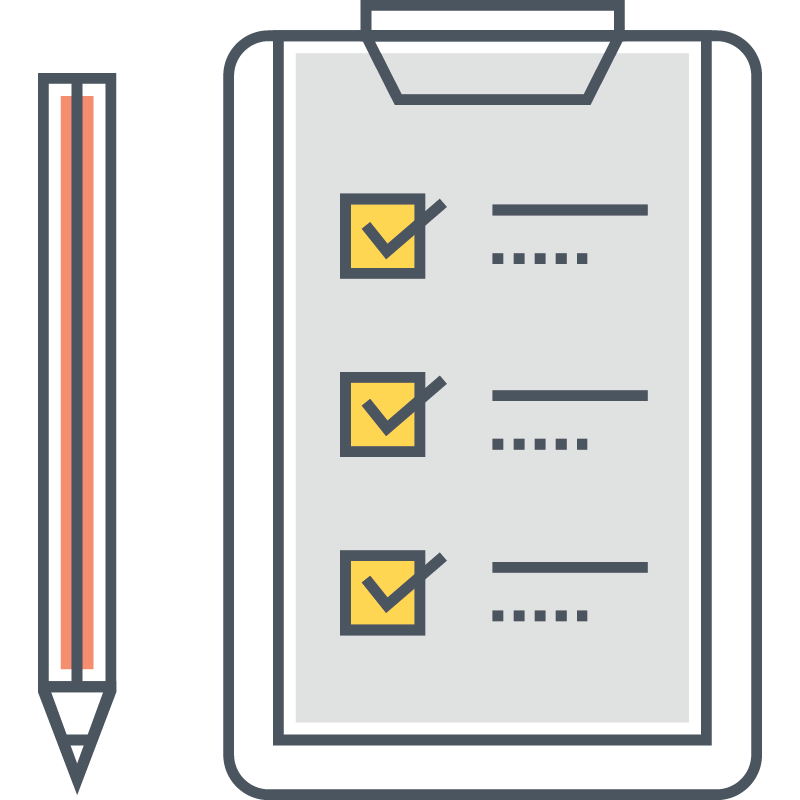
Define controls on processes with detailed attributes, associate these with risks and opportunities. Compile the questions that determine the effectiveness of the control. Assign business units as control owners.
